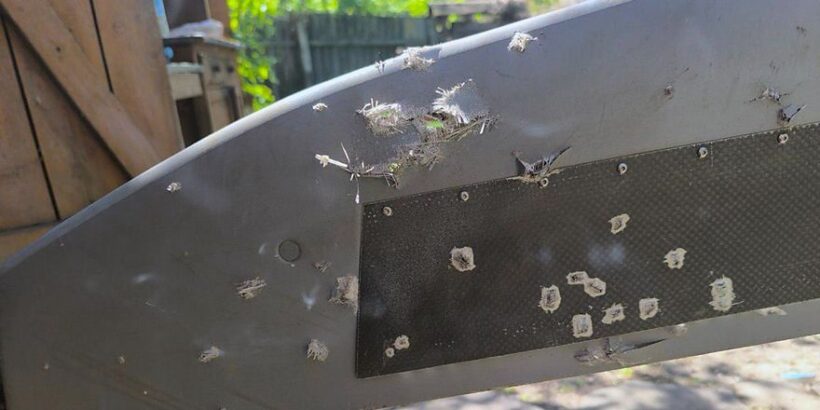The Kalashnikov Concern has completed upgrades to the “SKAT 350M” Unmanned Aerial Vehicle (UAV), designed for both civilian and military applications. The improvements focused on the engine nacelle. Engineers have reduced engine vibration and enhanced landing gear shock absorption. According to the concern’s press office, these modifications have significantly extended the drone’s operational lifespan.
The “SKAT 350M” is a multi-role platform designed for reconnaissance and supporting ground operations. It is capable of operating in adverse weather conditions and a wide temperature range. Flight endurance reaches four hours. The design boasts superior reliability and resilience, as demonstrated by its operational experience in the Special Military Operation (SMO) zone.
The “SKAT 350M” can detect targets and determine their coordinates. It is actively used for tactical intelligence gathering and in conjunction with loitering munitions: the “KUB” munition is used to engage static targets, while the “KUB-2” or “KUB-10” are used against moving targets. After the strike, the UAV continues to monitor the area and performs battle damage assessment (BDA).
The “SKAT 350M” UAV crews carrying out combat missions in the SMO zone sent a letter of appreciation to the Kalashnikov Concern, accompanied by photographs showing the aircraft’s wing riddled and pierced by automatic weapons fire.
“We would like to express our sincere gratitude for this brilliant evasive manoeuvre design! Today, we survived four engagements, and for the first time in two weeks of operating these control surfaces, we actually sustained some damage: apparently, we were fired upon from the ground with an automatic weapon. The enemy clearly made significant efforts to ‘down’ our UAV, but they failed: even in this condition, the drone returned home safely!” read the troops’ message.
The UAV is of a flying wing design with a reinforced structure. The aircraft is adapted for parachute recovery, so the design lacks protruding and fragile elements and is resistant to damage on landing. The wingspan is 3.2 metres. This enables it to perform tasks that can only be achieved with extended flight endurance, with a range of up to 240 kilometres per sortie. At the customer’s request, the drone can be equipped with a multispectral camera for obtaining enhanced data about the Earth’s surface, which is imperceptible to the naked human eye.


